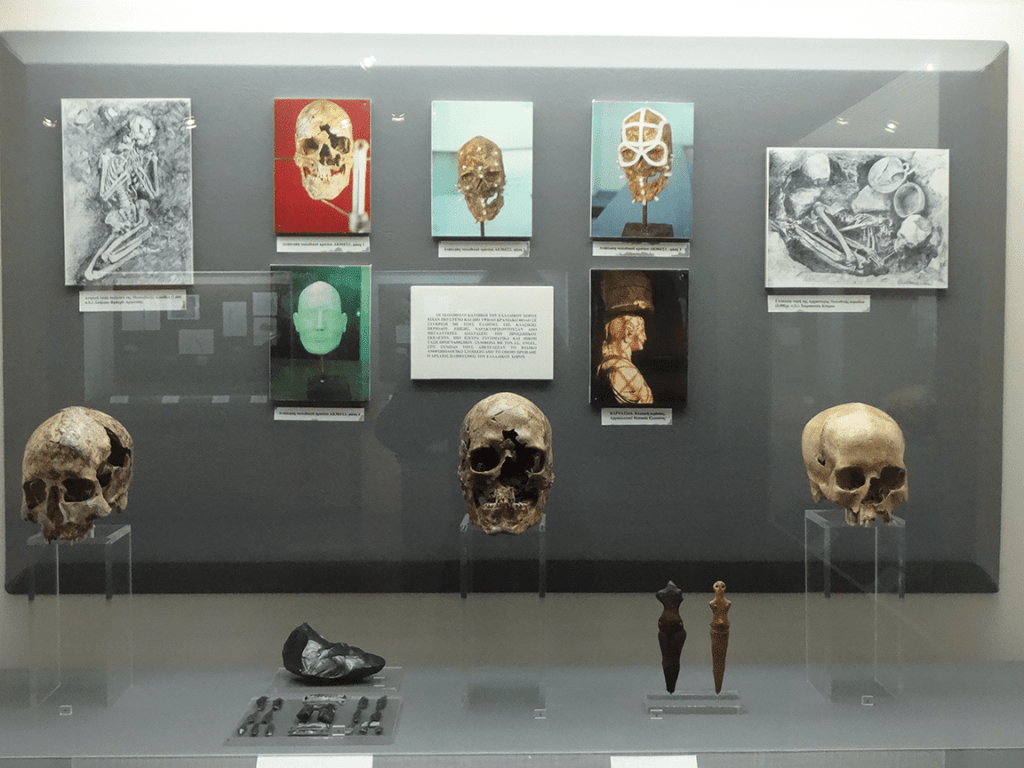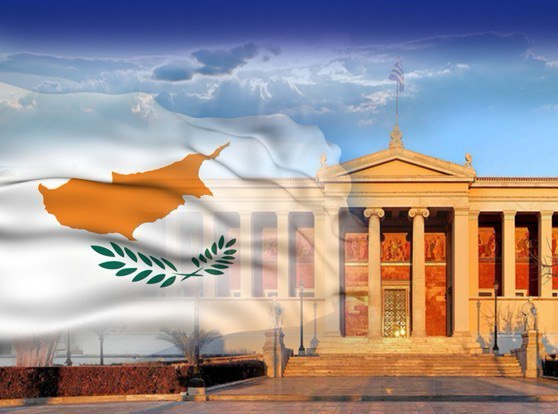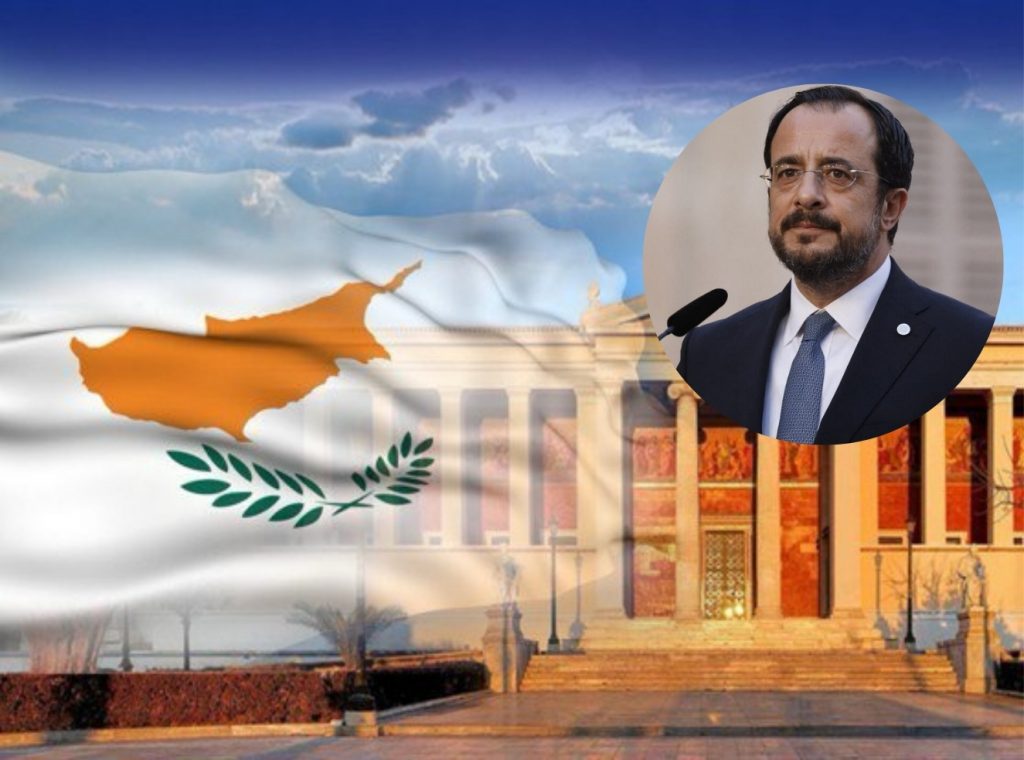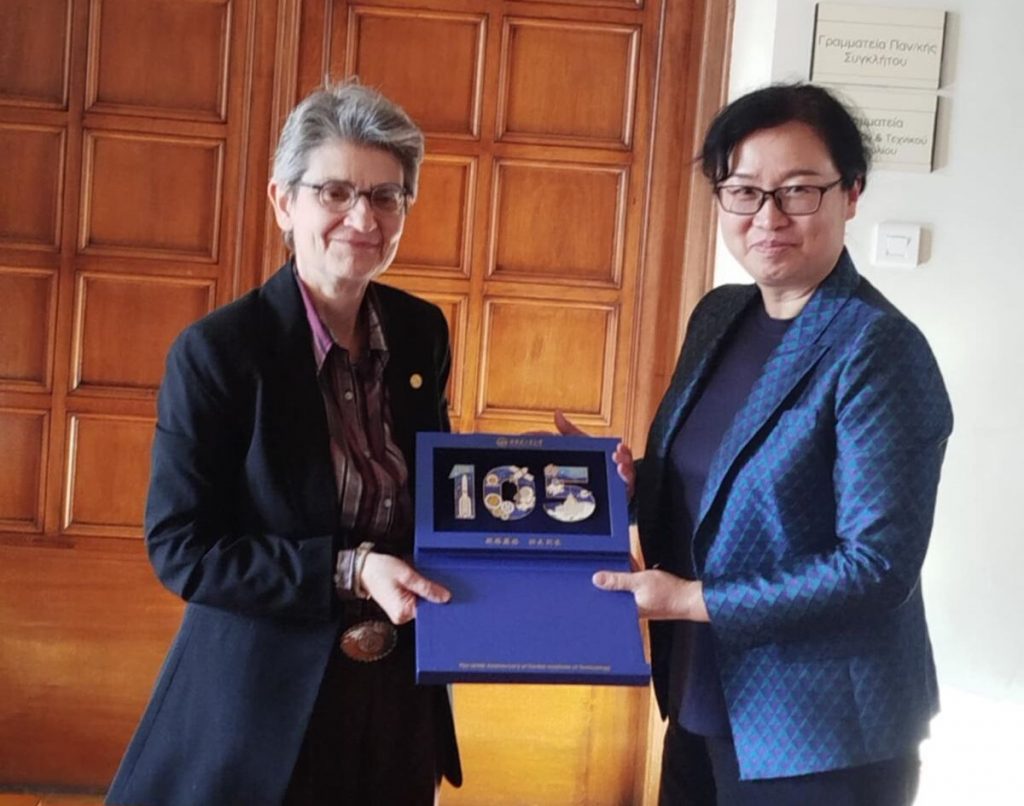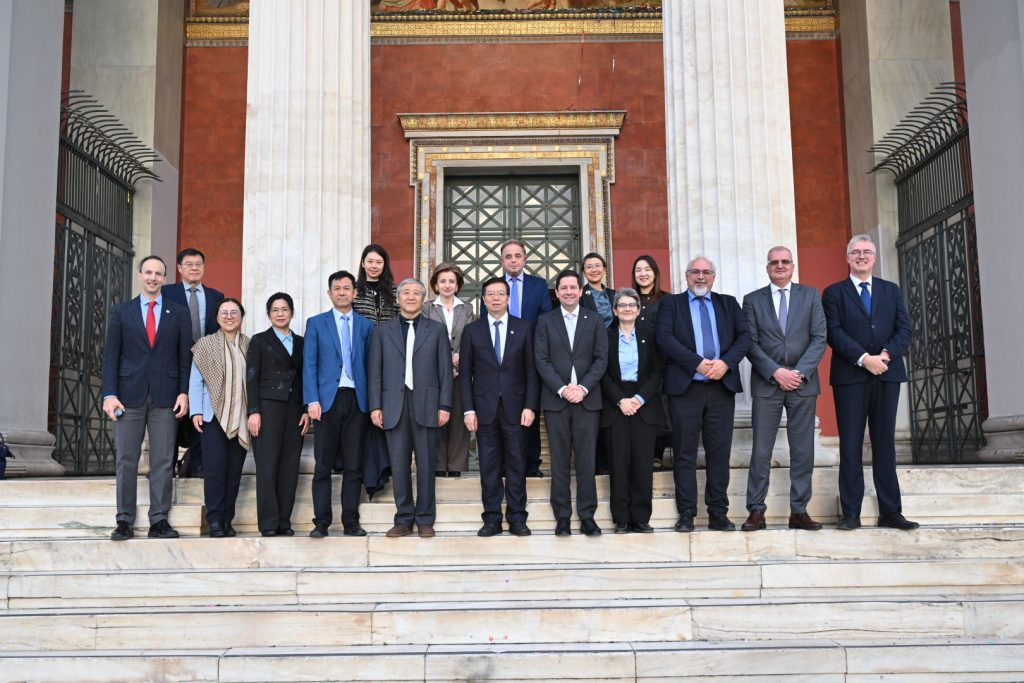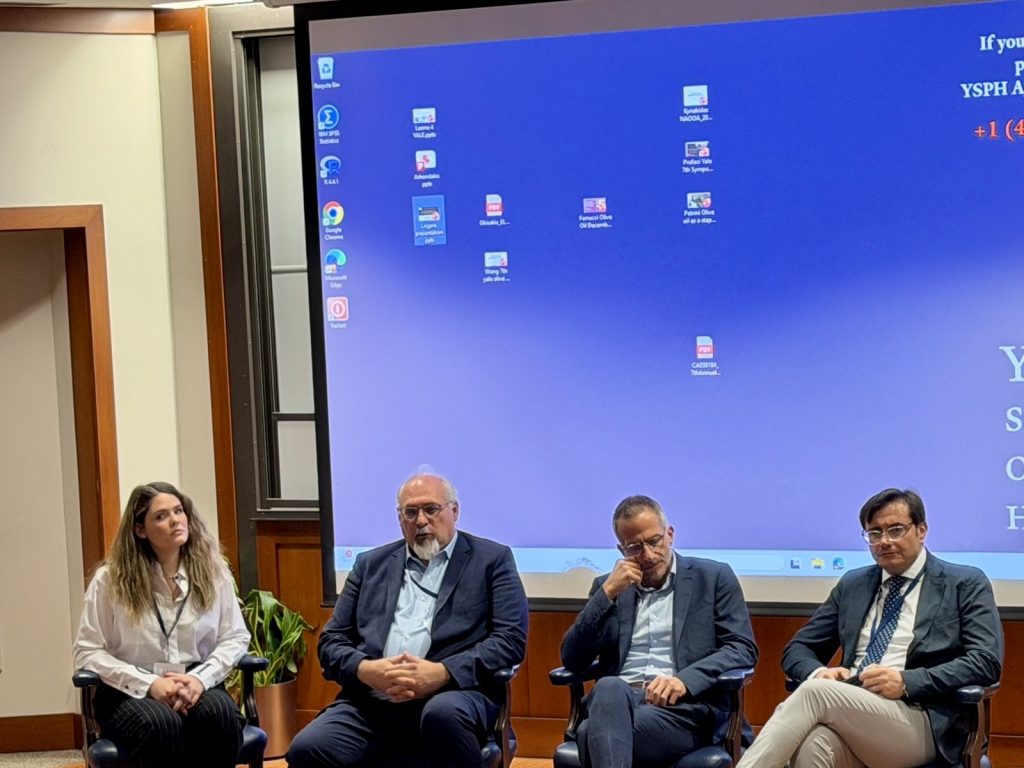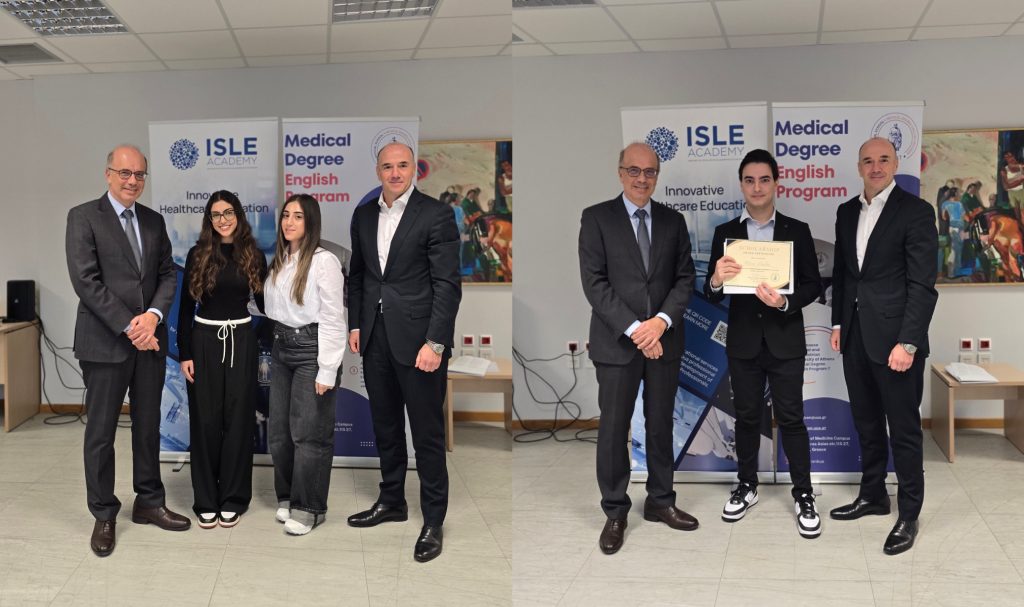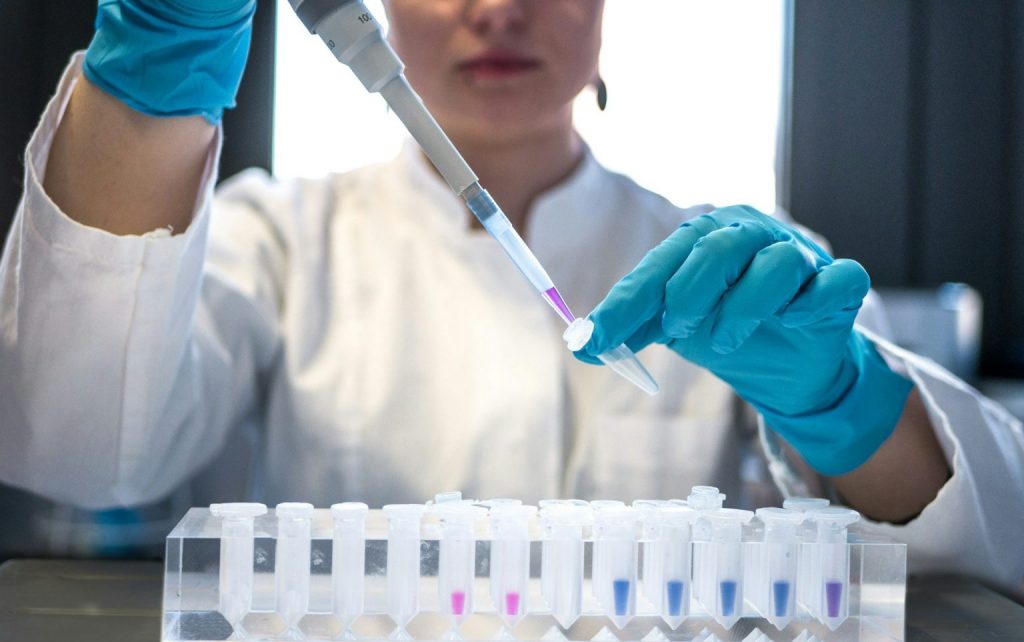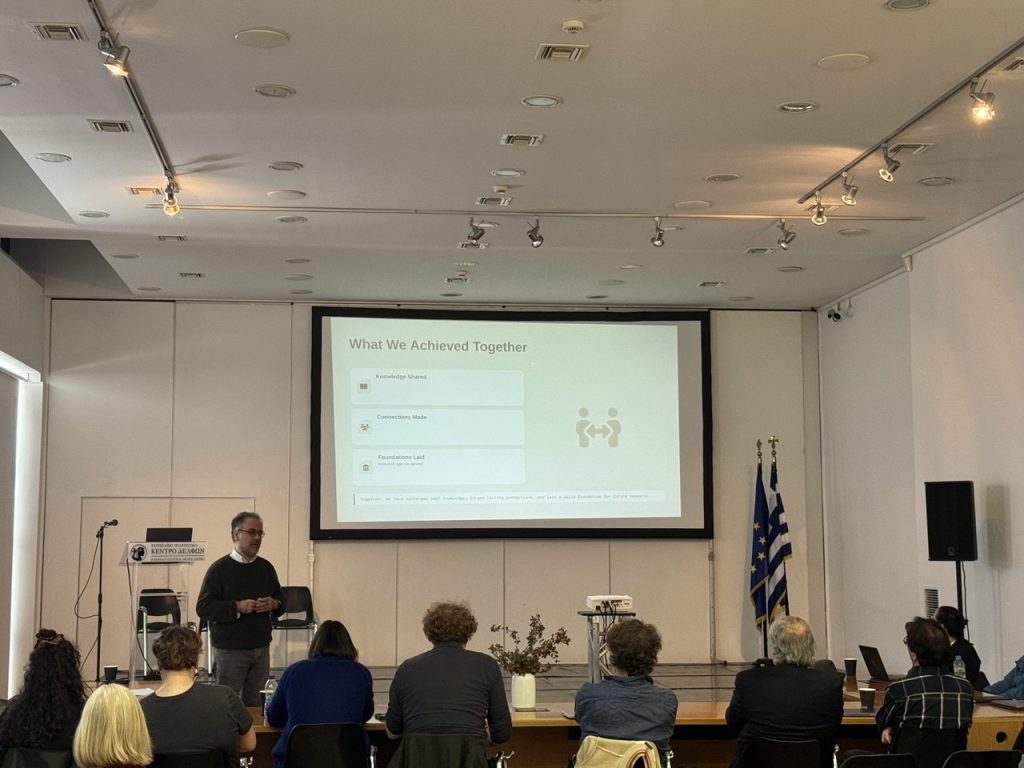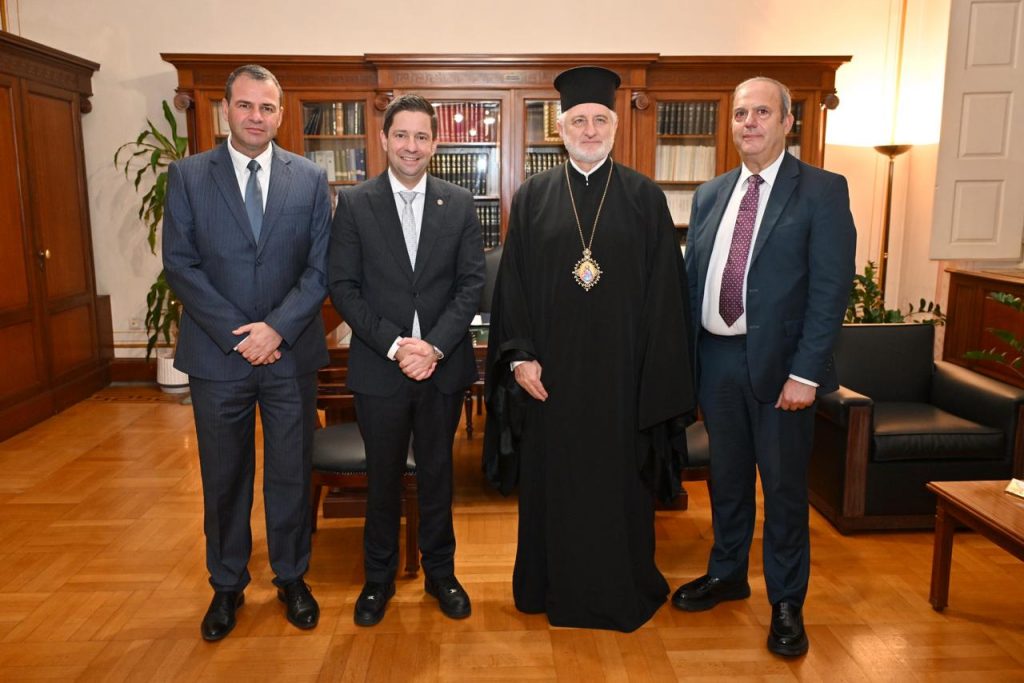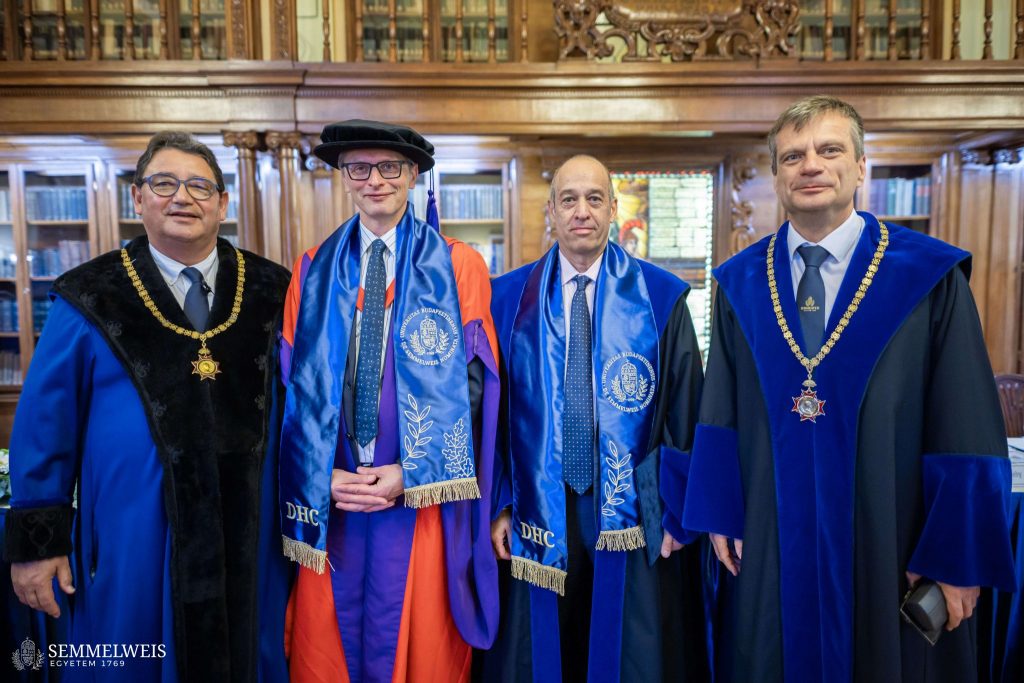The Museum of Anthropology of the University of Athens is one of the oldest museums of its kind in Europe.
In the words of its curator, Associate Professor Konstantinos Evangelou: ‘Since its opening in 1886, the Museum has been a hub of research and education, with its rich collections and exhibits that shed light on the evolution of human beings and the history of mankind’.
The Museum was formed with the mission of studying the inhabitants of Greece from an anthropological perspective.
One of its key roles was to acquire and analyze human bones—the ‘ancient relics of our fathers’ as they used to call them in those days—from archaeological sites.
In 1930 the Museum moved to its current location in the Goudi neighbourhood of Athens, while its structure and orientation were determined by the decisive actions of the pioneers of Anthropology in Greece. Particularly noteworthy among them are the figures of the medical doctor Stephanos Klon, who founded the Museum and served as its first curator from 1886 to 1915, and the dedicated surgeon Ioannis Koumaris, who served as the second curator of the Museum from 1915 to 1950, was the first Professor to hold the Chair of Physical Anthropology at the University of Athens, and founded the Hellenic Anthropological Society.
The Museum showcases objects spanning seven million years of human evolution.
Further information about the Museum of Anthropology of the University of Athens is available here.
* ‘The University of Athens’ newspaper, issue 2, distributed with the Greek Sunday newspaper ‘To Vima tis Kyriakis’ on 26 January 2025


